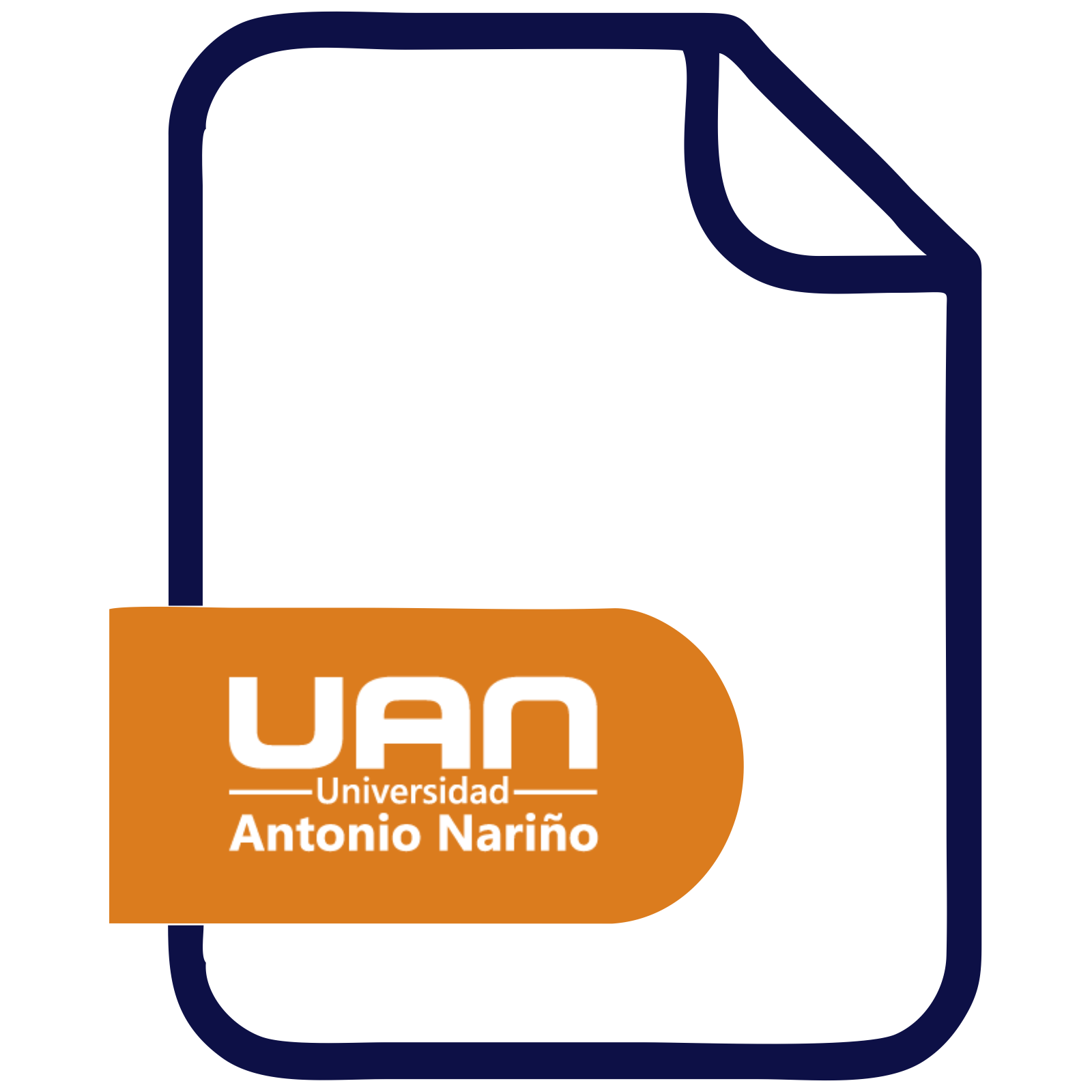Por favor, use este identificador para citar o enlazar este ítem:
http://repositorio.uan.edu.co/handle/123456789/8735> Repositorio UAN
Repositorio UANComunidades y ColeccionesTitulosMateriasAutoresFecha de publicacion
Mi CuentaAccederRegistro
Mi CuentaAccederRegistro
| Título : | Propuesta urbana de recuperación y consolidación del espacio público - barrio los Machines, Neiva Huila. |
| metadata.dc.creator: | Vargas Perdomo, Ana María |
| metadata.dc.contributor.advisor: | Ogaza Alvarez, Juan Carlos |
| Palabras clave : | Renovación urbana;Agricultura urbana;Asentamiento informal;Espacio publico |
| Resumen : | The informal settlements in Neiva, Huila do not have optimal habitability and comfort conditions, an example is the Los Machines settlement, located in areas of high risk of mass removals and torrential floods, making the houses and their inhabitants a vulnerable fragment due to because they do not have construction or architectural systems, likewise, a road system in poor condition disjointed with the city. In this research, a sustainable housing model was developed to improve habitability, architectural and construction conditions. Where, an analysis was carried out at different scales that allowed establishing the problems of the study area and identifying the relocation area and its potentialities, in which an urban design was projected that maintained the articulation with the environment and different typologies were generated. of housing from a matrix of sustainability strategies in order to obtain an adequate model that would respond to the needs of the population, built with ecological materials that are friendly to the environment and that could have a progressive development in the future. |
| metadata.dc.description.tableofcontents: | Los asentamientos informales en Neiva, Huila no cuentan con condiciones óptimas de habitabilidad y confort, un ejemplo es el asentamiento los Machines, ubicado en zonas de alto riesgos de remociones en masa y avenidas torrenciales, haciendo de las viviendas y sus habitantes un fragmento vulnerable debido a que no cuentan con sistemas constructivos ni arquitectónico, así mismo, un sistema vial en malas condiciones desarticulado con la ciudad. En esta investigación se diseñó un modelo de vivienda sostenible para mejorar las condiciones de habitabilidad, arquitectónicas y constructivas. En donde, se realizaron análisis a diferentes escalas que permitieron establecer las problemáticas de la zona de estudio e identificar el área de reubicación y sus potencialidades, en la cual se proyectó un diseño urbano que mantuviera la articulación con el entorno y se generaron diferentes tipologías de vivienda a partir de una matriz de estrategias de sostenibilidad con el fin de obtener un modelo adecuado que respondiera a las necesidades de la población, construido con materiales ecológicos amigables con el medio ambiente y que pudiera tener un desarrollo progresivo a futuro. |
| URI : | http://repositorio.uan.edu.co/handle/123456789/8735 |
| Editorial : | Universidad Antonio Nariño |
| metadata.dc.publisher.campus: | Neiva Buganviles |
| metadata.dc.publisher.faculty: | Facultad de Artes |
| metadata.dc.date.created: | 2023-05-29 |
| metadata.dc.rights.uri: | http://creativecommons.org/licenses/by-nc-nd/3.0/us/ |
| Aparece en las colecciones: | Arquitectura |
Ficheros en este ítem:
| Fichero | Tamaño | |
|---|---|---|
| 2023_Ana María Gargas_Acta.pdf Restricted Access | 530.05 kB | Visualizar/Abrir Request a copy |
| 2023_Ana María Gargas_Autorización.pdf Restricted Access | 1.62 MB | Visualizar/Abrir Request a copy |
| 2023_Ana María Gargas.pdf | 5.19 MB | Visualizar/Abrir |
Este ítem está sujeto a una licencia Creative Commons Licencia Creative Commons




